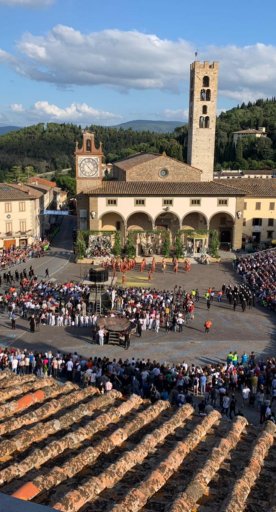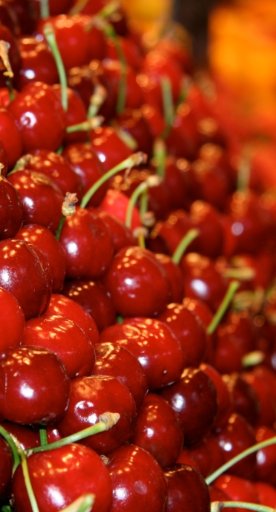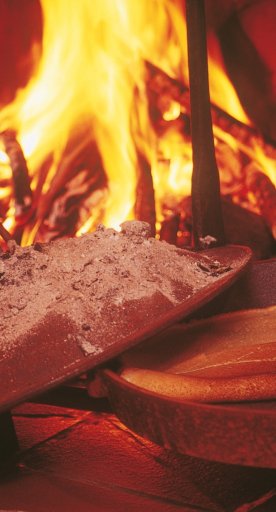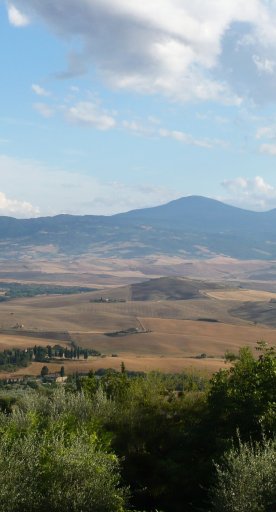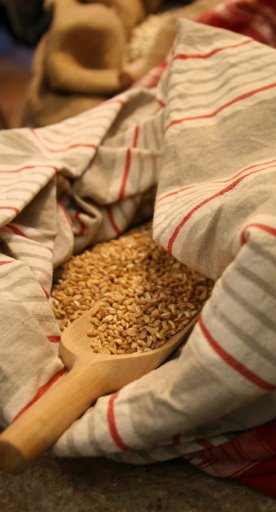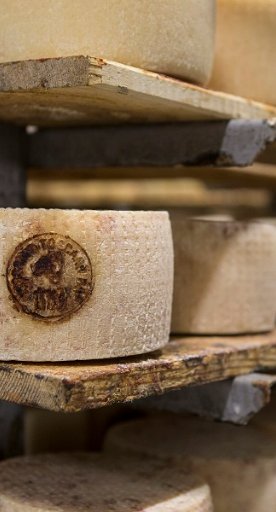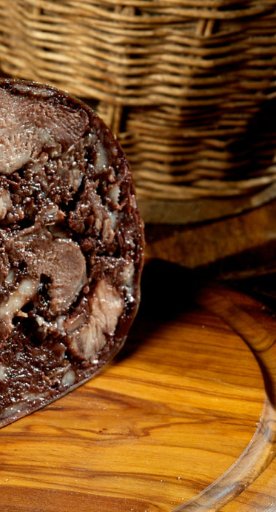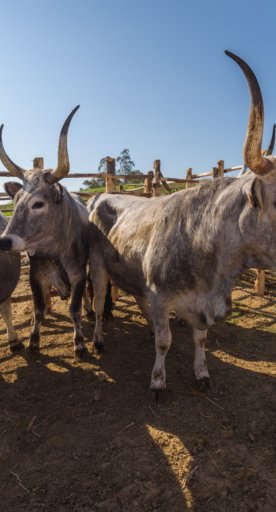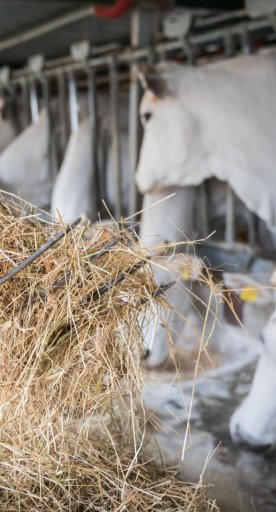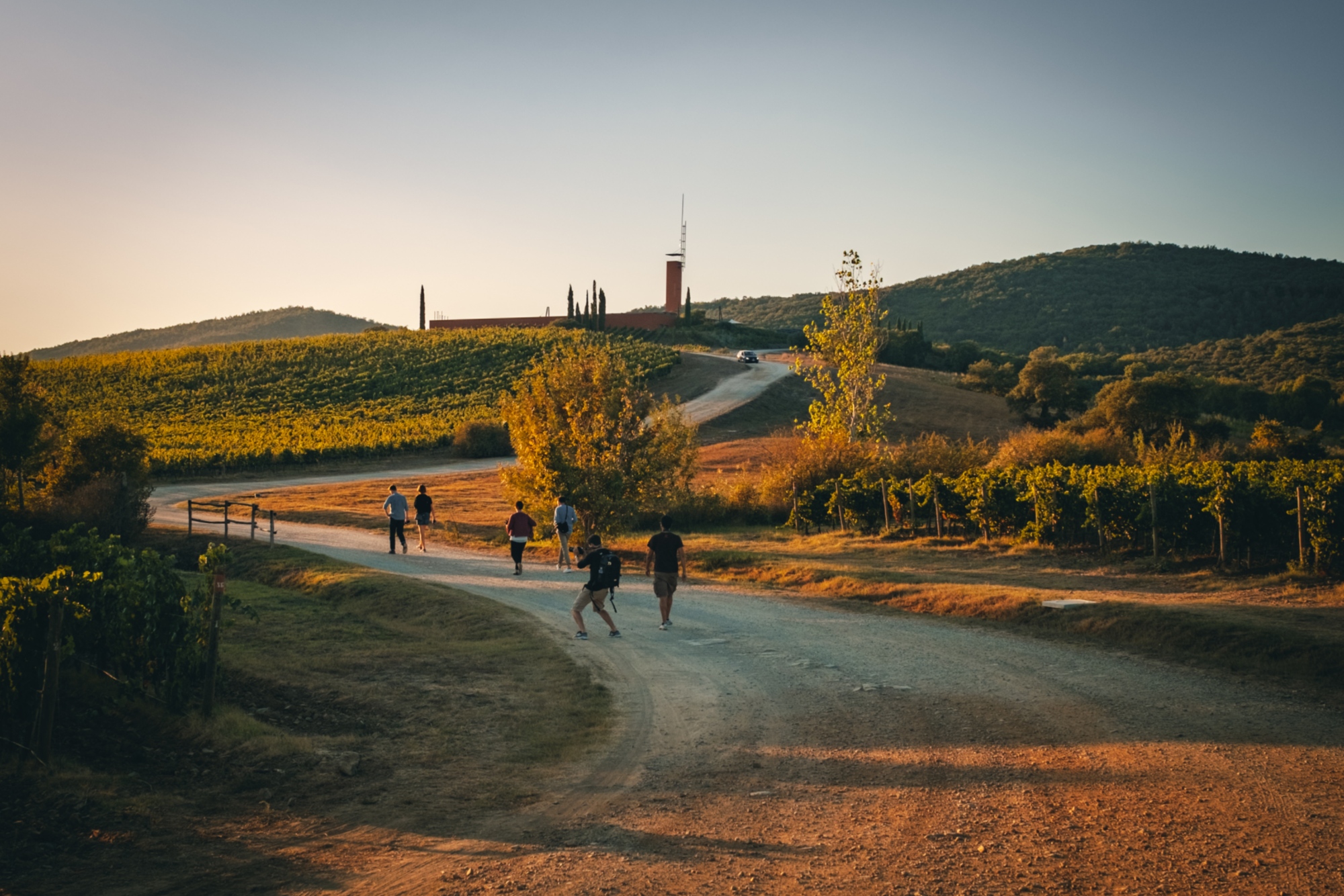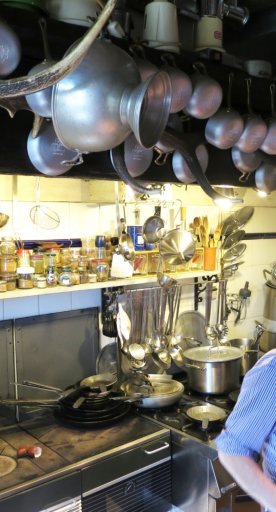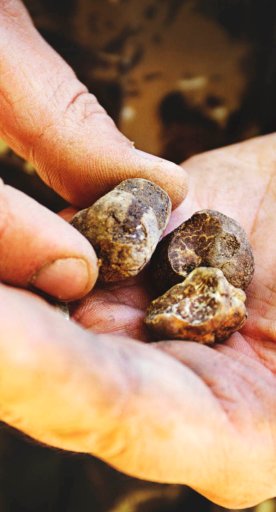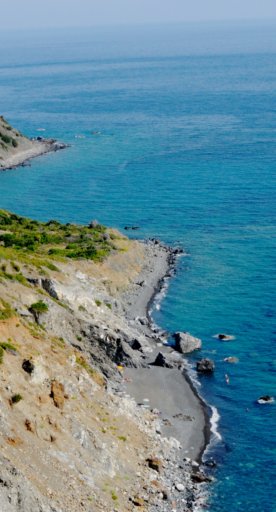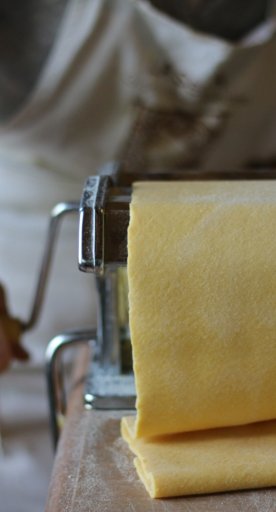

The elixirs of Lunigiana
Ancient flavours of tradition
In an ancient land that places local products and wild herbs at the centre of its cuisine, there are numerous liqueurs that still today are prepared in the traditional way with medicinal plants, spices, roots and shrubs.
As early as the late nineteenth century, small village pharmacies began experimenting with the preparation of alcoholic infusions and elixirs with tonic, digestive and restorative properties; these centuries-old recipes which have survived the passage of time offer us the opportunity to taste liqueurs that are still in production and available on the market, and which have become authentic products of Lunigiana's gastronomy.
Here are three traditional liqueurs to taste in Lunigiana:
-
1.China Clementi
-
2.Rabarbaro Zampetti
-
3.Amaro Partigiano
-
4.Grappa di Castagne
-
5.Prugnolo, prugnolino or Bargnolino
China Clementi

China Clementi, the most famous Lunigianese elixir, is produced in the village of Fivizzano by the Antica Farmacia Clementi. The original recipe dates back to 1884, thanks to the work of Doctor Giuseppe Clementi, a botanical expert who created a tonic based on two valuable varieties of tropical cinchona with aromatic and officinal herbs. Right from the start, the liqueur was much-appreciated, so much so that it received the Gold Medal at the International Exhibition in Rome in 1911. Among the most famous admirers of China Clementi is Indro Montanelli who ordered it regularly, and General Bernacca, who adopted the town of Fivizzano as his home. Even today, China Clementi is produced using the original recipe, which requires two years of aging in a small artisanal workshop. In addition to accompanying several traditional dishes, it's an excellent ingredient for innovative cocktails.
Rabarbaro Zampetti
Rabarbaro Zampetti, produced by the historic Zampetti Pharmacy in Pontremoli, was invented by Doctor Ernesto Zampetti in the early twentieth century. The pharmacist, engaged in creating oils, ointments, solutions and tinctures in his laboratory, used many medicinal herbs, including rhubarb of the Levant, a root used in medicine since ancient times.
Given its tonic and digestive properties, Doctor Zampetti used rhubarb for an alcoholic infusion with a pleasantly bitter taste and an unmistakable scent, still produced and bottled by hand in the Mulazzo laboratory.
Amaro Partigiano

More recently, but equally fascinating, is the story of Amaro Partigiano, which sees Fosdinovo and Milan meet. The drink, created in January 2017 by the Archivio della Resistenza Association, is produced by a social liquor factory created thanks to a crowdfunding campaign that made it possible to renovate an abandoned factory and create new job opportunities. A non-profit and “robust” project, it has a unique flavour given by the entirely artisanal production based on nine natural ingredients collected by volunteers who are inspired by life in the Lunigiana woods during the Resistance. It's an aromatic elixir that can be enjoyed both at room temperature and with ice.
Lunigiana, however, is a living land populated by families and farms that follow their own recipes and continue to produce traditional liqueurs and digestifs to be enjoyed in company. These include:
Grappa di Castagne

Grappa di Castagne is produced by Montagna Verde, an agritourism company and restaurant in the village of Apella in the municipality of Licciana Nardi. Since 1995, the company has contributed to the development of sustainable tourism through organic farming and the recovery and maintenance of the surrounding landscape and ancient chestnut groves. The liqueur is the result of the infusion in alcohol of chestnuts selected from the woods owned by the company and dried in the characteristic "gradili"; this slow process gives the liqueur the typical scent of chestnuts, the unmistakable aroma of Lunigiana.
Prugnolo, prugnolino or Bargnolino
Prugnolo, Prugnolino or Bargnolino are among the many names by which the artisan liqueur based on blackthorn or wild plum berries (Prunus spinosa L.) is known, present in abundance in the Upper Lunigiana and which must be harvested between October and November. It's a digestif liqueur with a bitter aftertaste and a classic dark colour that's the result of a simple preparation, but with a long resting time which, according to some recipes, can last up to six months.
During your trip to Lunigiana, stop and discover the liqueurs of an ancient tradition linked to the fruits of its land and treat yourself to a regenerating experience for the body and mind.











